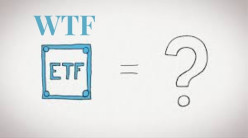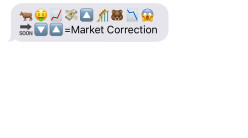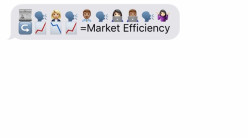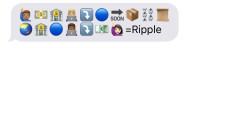Let us break this down
1. You buy 100 shares of a stock
2. Some time passes
3. The company declares a 2-1 split
4. You receive
5. An additional 100 shares
6. Giving you 200 shares total
7. #happyface
Now let us piece this together; first you buy 100 shares of a stock, now some time passes and stock grows in value and is doing pretty well, so they announce a 2-1 stock split. You now receive an additional 100 shares because for every one share you have you get an additional one hence 2 to 1 split, therefore giving you a total for 200 shares now. #happyface
What is it?
• Action done by a company that takes the existing shares divides them in to multiple shares
• Common stock splits include 2-1 and 3-1, also known as “Forward Stock splits”
• Forward because, it is giving you more shares, so for every one share you have you get 2
• It is called split because the stock price actually splits ($100 becomes $50)
• The value of your shares stay the same for this reason, you simply just have more shares
Why Do Companies Do it?
• When their stock price is too high and they want to attract more investors
• More shares=More liquidity
• It gives confidence to current and new investors
Reverse Stock Split
• Divide shares by 5 or 10 so 1-5 or 1-10 split
• This takes away shares instead of increases it
• So if a stock is .20 and you 1-10 split the stock is worth $2 now
• This does the exact opposite and is often looked on negatively
Overall stock splits are a common trait in the market and a key to understanding how they affect your bottom share price and amount of shares you own. Again, there are certain strategies you want to know for investing in stocks that have split or are about to split, and our partnered advisers can help you with this.












